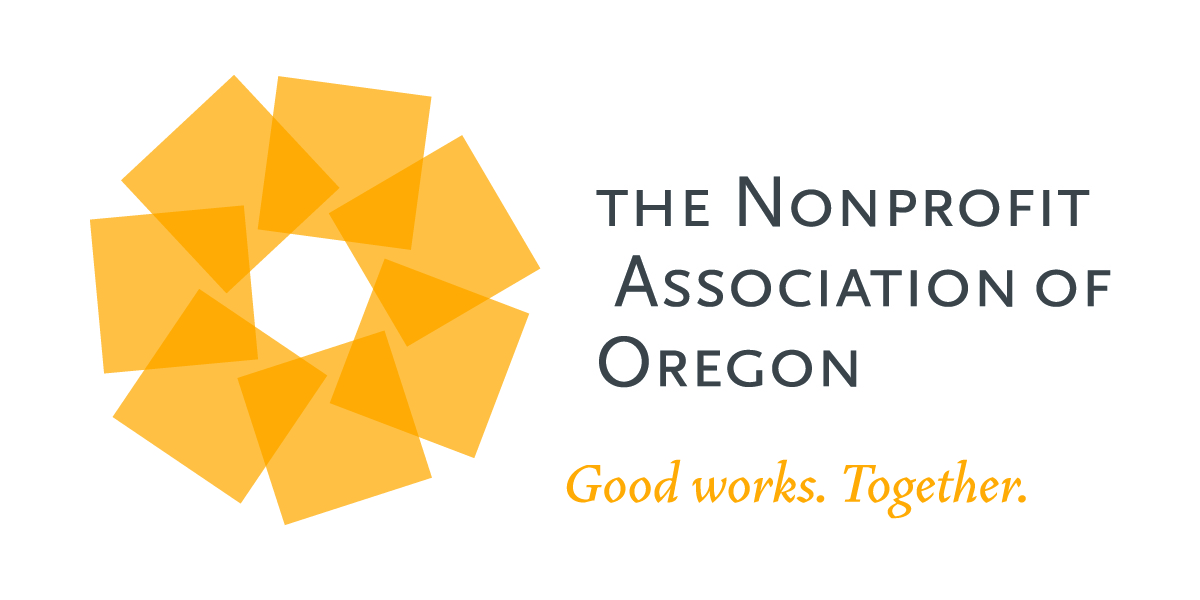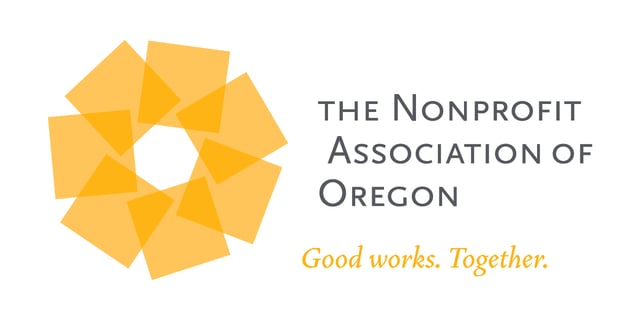Thought Leader Discussion: Jim White, Executive Director, Nonprofit Association of Oregon


Today we welcome Jim White, Executive Director of the Nonprofit Association of Oregon, to the Nonstop Wellness blog. We discuss with Jim the importance of employee healthcare and why – and how – nonprofits should continue to offer benefits even in the face of ever-tightening budgets.
Q: Let’s start with a foundational question. Why is it important for nonprofits to offer affordable healthcare to employees, especially if they have less than 50 full-time staff and aren’t mandated by the ACA?
A: As a sector, nonprofits are mandated to provide a public benefit. The people working and volunteering with nonprofits have a deep passion for helping other people. Everyone in America, and certainly here in Oregon, comes into contact with these nonprofit employees every day. The care, goodwill, and compassion exhibited by employees of nonprofits is often one of the most inspiring aspects of our society. To keep our programs running, nonprofits have typically agreed to take funds - grants and contracts - that don’t cover the full costs of the services the nonprofits provide, specifically overhead costs such as cost-of-living increases and healthcare benefits. Too many times than I would care to admit, this means that nonprofits are relying on the love of the work to keep staff motivated and retained. But this puts employees in an inequitable position as compared to their for-profit counterparts.
This unfortunate reality in our sector is especially relevant when it comes to the rising costs of healthcare, housing, and childcare. Employees are experiencing a loss when these costs go up every year but wages and benefits do not match these increases. In cases where healthcare benefits are provided but not affordable, employees will struggle to get their healthcare needs met and pay their bills. CBS News ran a recent piece about a free clinic day in LA. The piece highlights the many people struggling to receive and pay for appropriate medical care even when they have insurance. I shudder to think how many nonprofit employees were in that line in LA. We as a sector cannot have our staff so under-supported that they need to seek out free healthcare from other nonprofits because they are not compensated appropriately for the vital work they do each day. For me, this is an equity issue.
Q: What do you mean you when say it’s an equity issue?
A: Essentially, nonprofits aren’t always giving the kind of wrap-around compensation that allows for a livable wage, which we all can agree is incredibly important. As the state association for Oregon nonprofits, NAO pushed our legislators strongly for the full compensation package to be taken into account when looking at minimum wage increases, not just salary. If we want to create a healthy Oregon, then we need to look beyond just wages and consider the whole compensation package. It doesn’t do anyone any good if they receive $15 an hour but don’t have insurance they can afford. If an employee receives a $.50 raise it may not matter in the face of rising healthcare costs that far exceed that raise.
Q: How can we ensure government contracts start covering more overhead costs to create an equitable compensation package for nonprofit employees?
A: One of the most concerning issues for many Oregon nonprofits right now is federal contracts that pass down through the state, counties and cities. The federal minimum wage is $2 lower than Oregon’s current minimum wage (not taking into account the new increases that begin July 1, 2016). This means federal contracts only pay based on the federal minimum wage, not individual states’ wages. So Oregon nonprofits have to raise private funds to offset that difference. We are essentially asking private citizens to pay more money on top of their taxes to subsidize these services. This isn’t fair to anyone. We need to focus on government reform and establish deep partnerships with the government agencies that fund contracts with nonprofits. We all have a common mission to serve our communities yet the money doesn’t flow with that in mind. As such, NAO is advising our members to advocate for themselves by telling the government - at every level - that the work being requested can’t be done for the price the government is willing to pay. Either the funding needs to increase or the work/caseload needs to decrease. We all know that cutting services is the last thing any nonprofit wants to do as it goes against the very ethos of what we stand for. The reality is that the lack of appropriate funding from government contracts is forcing many nonprofits to do exactly that.
Q: What innovative strategies are you seeing nonprofits employ to raise additional funds so they don’t have to cut benefits?
A: One thing that NAO is supporting here in Oregon is exploring creative healthcare options that allow for affordable benefits at less cost to the organization. We have a partnership with Nonstop Administration and Insurance Services, which offers reduced premium costs for organizations with 50+ employees, along with improved customized benefits and no out-of-pocket costs, through its Nonstop Wellness program. When I first met with the Nonstop team we discussed needing something similar for Oregon nonprofits with less than 50 employees. I take my hat off to Nonstop for taking on that challenge because they were back five weeks later with a proposal to co-create the Insure Oregon Nonprofits (ION) program with NAO. We created a pilot program together that is now expanding to more small Oregon nonprofits, allowing these organizations to offer better and affordable benefits to employees while containing the rising overhead costs of healthcare.
Another thing I see nonprofits doing right now is establishing greater efficiencies through strategic collaborations. Collaboration with other nonprofits is one important endeavor many nonprofits are exploring, such as sharing back office services, offering joint programing, and aligning more with other organizations to make the most of what they each have. Nonprofits are just like any other business in that we have to make decisions based on changes in cost. Just because a nonprofit has a social mission and tax-free status doesn’t mean that it can sustain the organization if it can’t meet overhead costs. In Portland especially, the cost of rent commercially is going through the roof so local nonprofits are looking at creative ways to share space. Some collectives here include The Barn Nonprofit Center established by MotiveSpace and The Forge. There is also an initiative from Impact NW called Focus Impact, which allows nonprofits to share back office services through a paid model. In addition, nonprofits are also exploring partnerships with for-profit organizations. For example, NAO partners with businesses such as Va Va Virtual Assistance and Mammoth HR to offer virtual assistance and HR services at a discount to help nonprofits reduce overhead costs.
Q: Any parting thoughts?
A: We don’t want to see nonprofits cut benefits of any kind. An organization’s biggest investment is in its human resources, and they need to be cared for, nurtured, and developed. It doesn’t make long-term business sense to offer something great in the boom years and then cut it in the lean years. And it won’t help an organization keep the valuable employees that build and sustain programming. Nonprofits need to think about how their staff interacts with the communities they are serving. Are they doing it from a place of feeling safe in their and their family’s livelihood? Do they feel secure in their health, financial capabilities and ability to sustain themselves as they age? These things make a significant difference in the success and sustainability of an organization.
Health benefits are essential for all employees, but are especially
necessary for nonprofit employees - download our guide to read more:
The information and materials herein are provided for general information purposes only and are not intended to constitute legal or other advice or opinions on any specific matters and are not intended to replace the advice of a qualified attorney, plan provider or other professional advisor. This information has been taken from sources believed to be reliable, but there is no guarantee as to its accuracy. This communication does not constitute a legal opinion and should not be relied upon for any purpose other than its intended educational purpose.
.png?width=1501&name=Nonstop_Logo-22-Horizontal%20(2).png)



